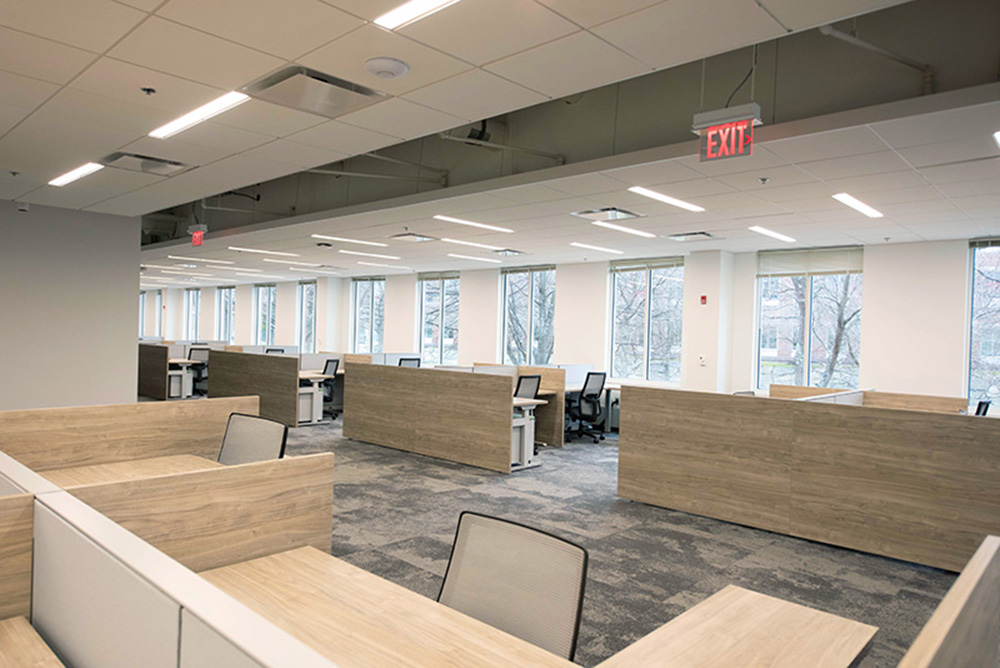Opportunities to balance the scales of equity, inclusion, dignity, respect, and kindness - by Brett Pelletier

Housing is on the top of the mind for everyone lately, or at least that’s how it seems. Between students, legislators, developers, and bankers, it’s all I’m hearing about, and that’s a good thing. The reality of the current economy and the outlook for many people has made the housing conversation dinner table discussion material for most families in this country. While many of us have been dealing with the housing crisis conversation for decades, the community has largely been absent from that conversation. That’s always been too bad, since I have always known that conversations about community should be had by the community. Engagement, empowerment, and authority over one’s own future is so powerful and uplifting that it creates its own momentum.
According to a report recently published by the Urban Institute studying who makes planning choices, “Land-use laws influence home prices, class and racial segregation, carbon emissions levels, and labor market efficiency.” And “women, people of color, and renters are systematically underrepresented on land-use decisionmaking bodies.” Currently, we’re not doing a great job at engaging and representing.
According to the National Low Income Housing Coalition, there is a shortage of 7 million rental homes for extremely low-income renters in the U.S. More than 11 million renters are paying more than half of their income on rent, making it impossible to afford other basic necessities like food and healthcare. Look around; if huge portions of your neighbors, friends, coworkers, and family members don’t have access to decent, high-quality, stable housing that is affordable, the system is broken. Proximity to a variety of issues is really helpful in understanding how this impacts others.
Housing is complex and deserves attention and serious conversation, and not just among housing advocates, developers, and policymakers. People in the Affordable Housing business love acronyms and I’m adding another to the pile, HTIA, which stands for Housing That is Affordable. It’s a way to speak about the character of housing that most people agree on. People want to live in housing that is affordable to them. That’s true for everyone, it connects us all. HTIA is a good economic thing, it’s a good social thing, it’s a good thing period. HTIA makes for better communities and makes for better economies where everyone benefits and thrives.
Housing is expensive, for a number of reasons. Lack of supply pushing up prices, increased regulatory costs, increased cost of construction materials and labor, inflation, rising interest rates, and the list goes on. The one thing you need to know is that in order to make housing more affordable the cost must be reduced or otherwise offset. If it costs $400,000 to build a home, then you can reduce the overall cost, or pay for it with low or no-cost capital in order to make it more affordable to people who can only afford, a $150,000 home. This is especially important in markets where there are no $150,000 homes. You can substitute rents for home prices and the math is the same.
The two main strategies to reduce cost and increase availability include the technological innovation route of creating homes that are cheaper to build through modular construction, manufactured methods, tiny homes, PassiveHouse, 3D-printed homes, and many others. The other strategy is to deploy capital through equity and debt investments that offset those development or operating costs, such as the LIHTC program, Section 8-style mobile and project-based housing vouchers, or lower-cost capital that serve to subsidize the creation of HTIA. Additionally, increasing overall supply will help at all levels of pricing and availability, but on its own, there is no market-driven solution to housing all Americans and the supply-demand offset is so lopsided that it’s practically impossible to build enough housing to shift that needle.
Increasing feasibility for affordable housing programs lives at federal, state, and local levels by increasing subsidies, providing tax incentives to encourage the development of affordable housing and increasing funding for housing vouchers and other rental assistance programs. At the local level, reducing regulatory barriers and streamlining the development process will help alleviate the crisis in a significant way. Many local zoning laws and building codes make it difficult and expensive to build, which reduces supply and increases pricing. Good for those already here, but bad for everyone else. By reducing these barriers, it can become easier and more cost-effective for developers to build more housing, which enhances communities, economies, and most importantly…people’s lives.
I remind you, as always, that all housing is good housing and it is paramount that we think about equity and representation at all levels. Pay attention to those conversations and engage yourself and others in them. You all have opportunities to balance the scales of equity, inclusion, dignity, respect, and kindness.
Brett Pelletier is chief operating officer with Kirk&Company, Real Estate Counselors of Boston, and is a professor of real estate at Roger Williams University in Bristol, R.I.
Boyle of Chozick Realty negotiates $7.95m sale of 66-unit property







